
World Travel Tips
What Should You Do in Tokyo?
Tokyo, Japan’s bustling capital, is a captivating fusion of the old and the new. Here, ancient traditions coexist with futuristic innovation, creating a unique energy that defines the city. From serene temples and tranquil gardens to vibrant shopping districts and towering skyscrapers, Tokyo offers a diverse range of experiences.
Whether you’re exploring historic sites like Senso-ji Temple or marveling at the cutting-edge design of Tokyo Skytree, there’s something for everyone. With its neon-lit streets, world-class dining, and endless entertainment options, Tokyo is a city that never sleeps and always surprises, making it an essential destination for any traveler. Explore the top 10 must-visit attractions to truly capture the essence of this extraordinary city.
1. Shibuya Crossing
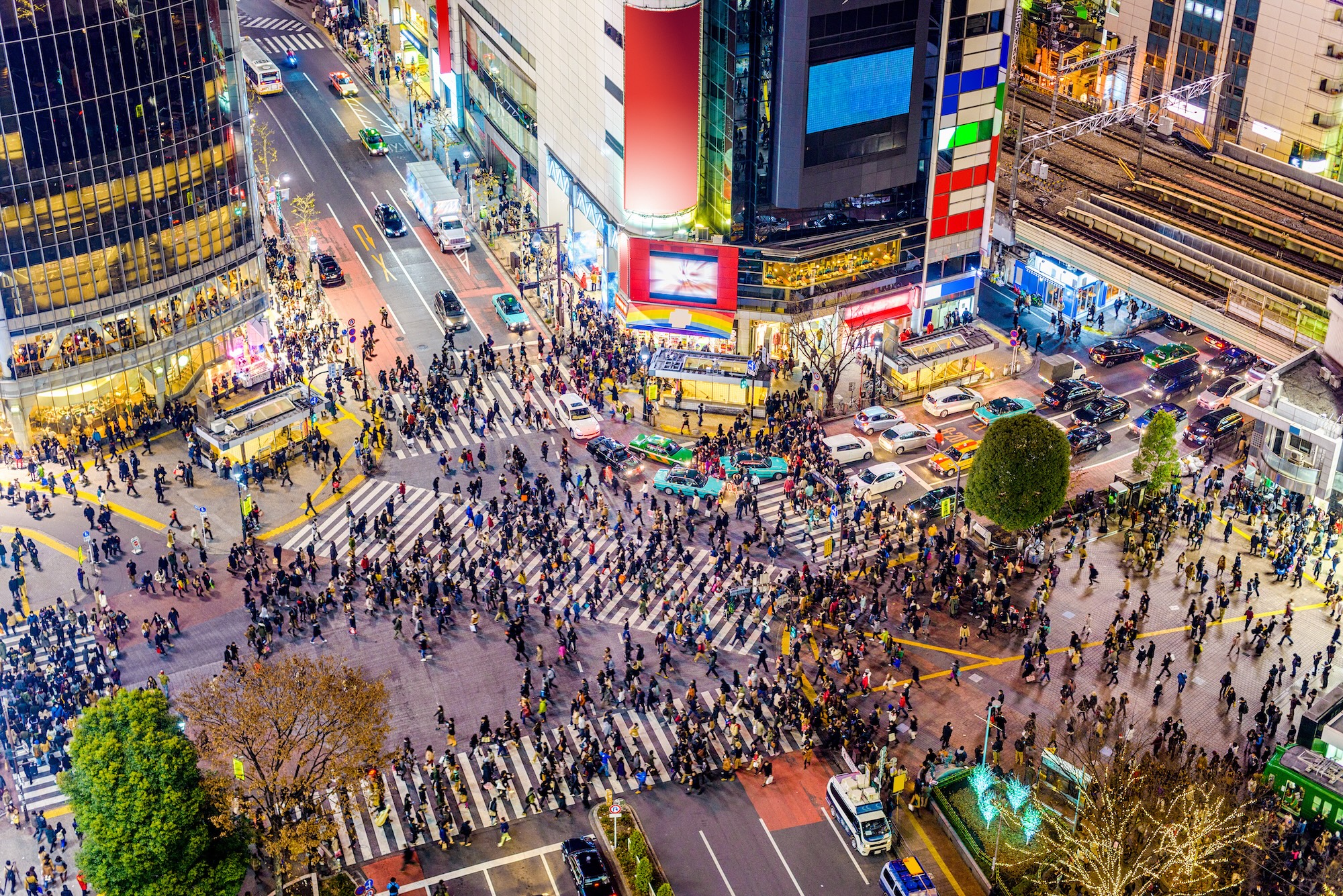
Known as one of the busiest pedestrian intersections in the world, Shibuya Crossing is an iconic symbol of Tokyo’s vibrant urban landscape. This chaotic, yet synchronized, intersection sees thousands of people crossing in every direction at once. It’s surrounded by neon billboards, shops, and entertainment, making it a great spot to take in the energy of the city.
Why visit?
Shibuya Crossing is a must-visit for first-time visitors to Tokyo, offering a thrilling experience of the city’s fast-paced, modern culture. It’s a great place to people-watch and feel the pulse of Tokyo, while also being in the heart of one of the city’s most popular districts.
2. Tokyo Tower
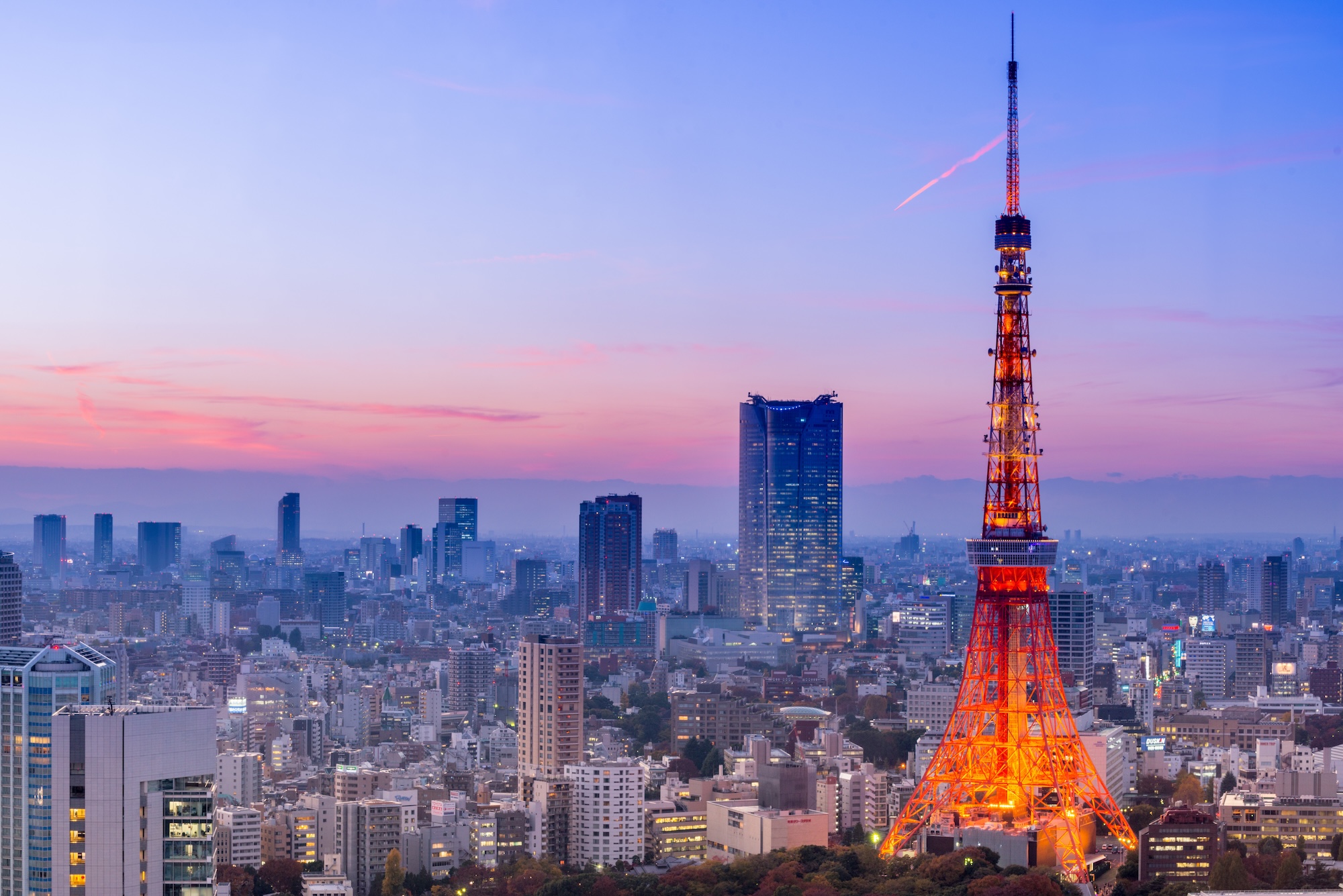
Standing at 333 meters tall, Tokyo Tower is a stunning red and white landmark that offers panoramic views of the city. Modeled after the Eiffel Tower, it’s been a symbol of Tokyo since 1958. Visitors can ascend to the observation deck for breathtaking views of the sprawling metropolis.
Why visit?
If you want to take in sweeping views of Tokyo, Tokyo Tower is the place to be. Whether during the day or at night, the views are unforgettable, and the tower itself is a symbol of the city’s post-war growth and modernization.
3. Senso-ji Temple
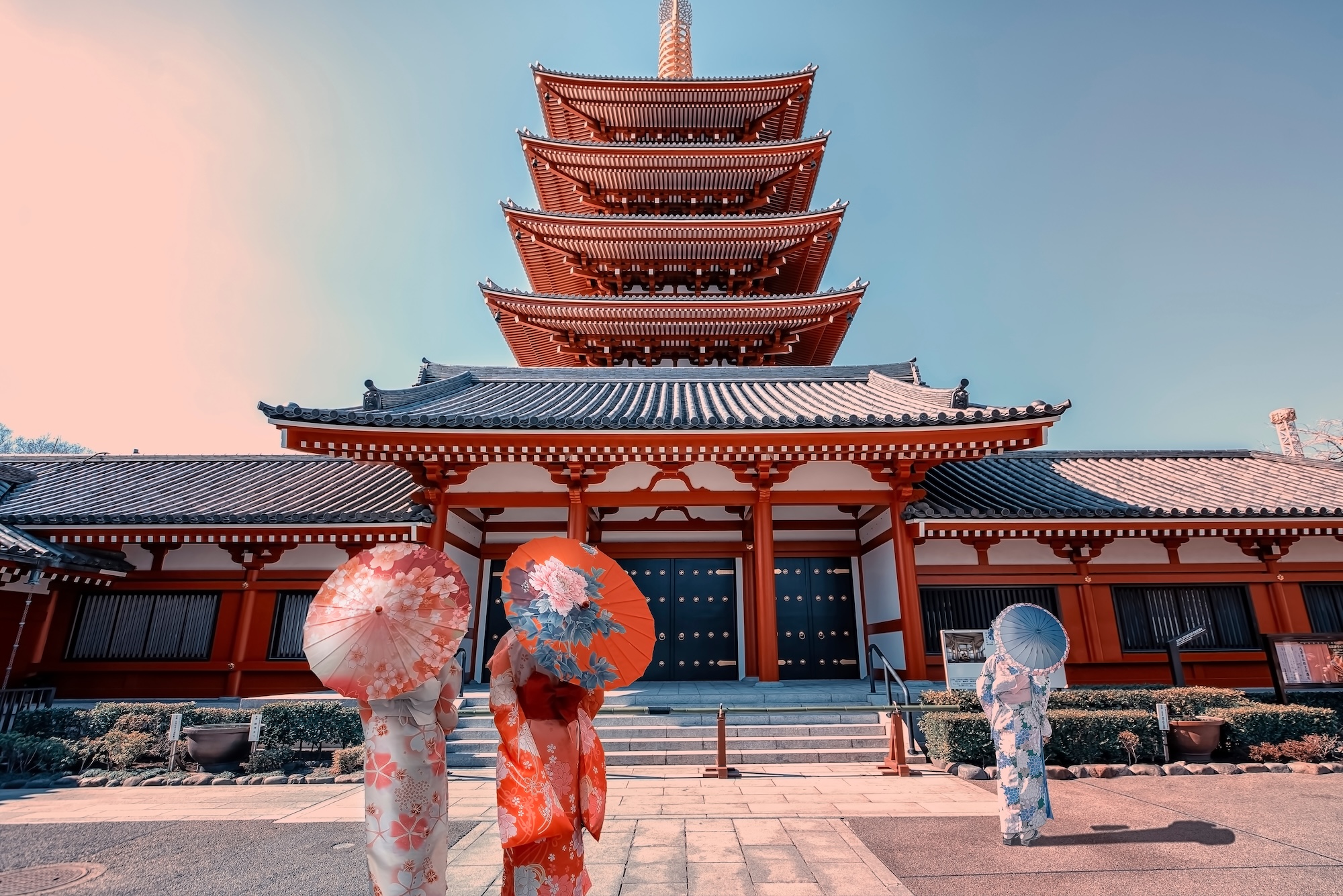
As Tokyo’s oldest temple, Senso-ji Temple is a must-see for anyone visiting the city. Located in Asakusa, the temple is famous for its giant red lantern, the Kaminarimon Gate, and its spiritual atmosphere. The surrounding street, Nakamise-dori, offers a great mix of traditional shops and street food.
Why visit?
Senso-ji Temple offers a chance to experience Tokyo’s rich cultural and historical heritage. It’s a serene space amid the bustling city and an excellent place for those interested in Japanese traditions and spirituality.
4. Meiji Shrine
Nestled in a lush forested area, Meiji Shrine is dedicated to Emperor Meiji and Empress Shoken. This Shinto shrine is located near Harajuku, and visitors can walk through torii gates, visit the main hall, and explore the peaceful grounds. The site is particularly tranquil despite being in the heart of the city.
Why visit?
For visitors seeking a moment of peace and reflection, Meiji Shrine offers an escape from the hustle and bustle. It’s a sacred space where you can learn about Shintoism and pay respects to Japan’s imperial family.
5. Odaiba
A futuristic entertainment hub built on reclaimed land, Odaiba is home to shopping malls, museums, and recreational facilities. Visitors can enjoy attractions like the teamLab Borderless digital art museum, the iconic Rainbow Bridge, and the life-sized Unicorn Gundam statue.
Why visit?
Odaiba is perfect for families or tech enthusiasts. It offers a diverse array of activities and attractions that appeal to both children and adults, and its blend of modern architecture and waterfront views makes it a great spot for sightseeing.
6. Ueno Park
Ueno Park is a large public park in the heart of Tokyo, known for its museums, zoo, and cherry blossoms in spring. The park is home to the Ueno Zoo, Tokyo National Museum, and a pond with paddle boats. It’s an oasis of nature within the urban sprawl.
Why visit?
Ueno Park is ideal for those wanting to relax and enjoy nature while still being close to the city’s cultural landmarks. Whether you’re admiring cherry blossoms or visiting one of the many museums, this park is a peaceful retreat for all.
7. Akihabara
Known as the center of otaku culture, Akihabara is the place to go for electronics, anime, manga, and gaming merchandise. The district is lined with multi-story stores, arcades, and maid cafés. It’s also home to the famous Yodobashi Camera, one of the largest electronics stores in the world.
Why visit?
If you’re a fan of technology, gaming, or Japanese pop culture, Akihabara is a must-visit. The area’s unique and energetic atmosphere offers a deep dive into Japan’s modern cultural trends, especially for anime and gaming enthusiasts.
8. Tokyo Skytree
As the tallest structure in Japan, Tokyo Skytree reaches 634 meters and offers unparalleled views from its observation decks. The Skytree is also a shopping, dining, and entertainment complex, featuring an aquarium and planetarium, making it a well-rounded attraction.
Why visit?
For breathtaking views of Tokyo and a unique experience that combines shopping and entertainment, Tokyo Skytree is perfect. It offers a more modern alternative to Tokyo Tower with advanced technology and a futuristic design.
9. Tsukiji Outer Market
While the Tsukiji Fish Market’s inner wholesale section has moved, the outer market remains a lively and vibrant spot for fresh seafood, street food, and traditional Japanese goods. Visitors can sample sushi, sashimi, and other treats at stalls or restaurants.
Why visit?
Tsukiji Outer Market is ideal for foodies looking to experience the freshest seafood in Tokyo. The bustling market atmosphere and variety of eateries make it an unforgettable culinary destination.
10. Roppongi Hills
Roppongi Hills is a sophisticated urban development in the Roppongi district that includes luxury shops, fine dining, a museum, and the Mori Tower. The observation deck of the Mori Tower offers fantastic views of Tokyo, including a clear view of Mount Fuji on clear days.
Why visit?
Roppongi Hills combines art, shopping, and stunning views in one location. It’s perfect for those who want a luxurious and modern experience while still enjoying great panoramic views of the city.
Seasonal Recommendations
🌸 Spring (March-May): Spring is the most popular time to visit Tokyo, when cherry blossoms blanket the city in soft pink and white. Mild temperatures range from 10°C to 20°C (50°F to 68°F), making it ideal for walking through parks, shopping districts, and historic neighborhoods. Visitors flock to places like Ueno Park for hanami (flower viewing), and the city buzzes with seasonal festivals and outdoor events. It’s a great time to explore peaceful spots like the Meiji Shrine or wander the streets of Asakusa near Senso-ji Temple without the oppressive heat or winter chill.
☀️ Summer (June-August): Summer in Tokyo is hot, humid, and full of life, with temperatures often reaching 30°C (86°F) or more. While the humidity can be intense, this season brings exciting summer festivals (matsuri), fireworks displays, and vibrant nightlife. The city stays alive late into the night, perfect for exploring areas like Shibuya Crossing and Roppongi Hills. If the heat gets too much, you can cool off at indoor spots like Tokyo Skytree or head to waterfront areas like Odaiba, which offer both entertainment and sea breezes.
🍁 Autumn (September-November): Autumn is a comfortable and scenic time to explore Tokyo, with crisp air and temperatures ranging from 12°C to 24°C (54°F to 75°F). The city’s parks and temple grounds transform with vivid red and gold foliage, making strolls through places like Ueno Park especially beautiful. Fewer tourists compared to spring and summer make it easier to enjoy Tokyo’s culture and food scene, especially at places like Tsukiji Outer Market.
❄️ Winter (December-February): Winter is the least crowded season in Tokyo, but it still offers plenty for visitors. While temperatures range from 1°C to 10°C (34°F to 50°F), the air is usually dry and skies clear, making it perfect for sightseeing. This is a cozy time to enjoy warm street food, shop holiday illuminations in districts like Roppongi, or take in panoramic winter views from Tokyo Tower. Indoor attractions and shopping arcades provide warmth and entertainment, and the calmer atmosphere makes the city feel more intimate and relaxed.
Tips for Your Visit
Getting Around
- Tokyo’s public transportation system is efficient and easy to navigate, with trains, subways, and buses connecting all major areas. Consider getting a Suica or Pasmo card for seamless travel.
- Taxis are available but can be pricey; public transport is often faster and more cost-effective.
Local Cuisine
- Don’t miss sushi, ramen, tempura, and street food like takoyaki and taiyaki. For the freshest seafood, visit Tsukiji Outer Market or one of the many conveyor-belt sushi restaurants.
- Be sure to try Tokyo-style sweets like dorayaki and matcha-flavored treats.
Language
- While many people in Tokyo speak basic English, learning a few Japanese phrases like “Arigatou” (thank you) or “Sumimasen” (excuse me) will be appreciated.
- Signs in major areas are usually bilingual, but it’s helpful to have a translation app on hand.
Safety
- Tokyo is one of the safest cities in the world, with low crime rates. However, always stay alert in crowded areas, especially when using public transport.
- Emergency services can be reached by dialing 110 for police or 119 for fire and medical assistance.
The 3 Most Popular Restaurants
Tokyo is home to some of the most renowned and diverse restaurants in the world, offering everything from exquisite sushi to inventive ramen and fine dining experiences. Whether you’re seeking a Michelin-starred meal or a casual culinary adventure, the city delivers exceptional flavors at every turn. Here are three of the top restaurants in Tokyo that showcase the best of its vibrant food scene.
1. Sukiyabashi Jiro
Location: Japan, 〒104-0061 Tokyo, Chuo City, Ginza, 4 Chome−2−15 塚本総業ビル B1階 View On Map
Cuisine: Sushi
Why It’s Popular: Sukiyabashi Jiro is one of the most famous sushi restaurants in the world, earning its three Michelin stars for its exquisite, meticulously crafted sushi. Located in the Ginza district, this tiny restaurant is led by the legendary Jiro Ono, whose dedication to perfecting sushi is unparalleled. The intimate dining experience features a multi-course meal focused on the highest-quality, freshest ingredients, making it a must-visit for sushi lovers.
What Makes It Stand Out: Sukiyabashi Jiro stands out due to its commitment to perfection and the mastery of its world-renowned chef. The skill and artistry behind each piece of sushi create a once-in-a-lifetime dining experience for those fortunate enough to secure a reservation.
2. Narisawa
Location: Japan, 〒107-0062 Tokyo, Minato City, Minamiaoyama, 2 Chome−6−15 南青山ガーデンコート View On Map
Cuisine: Innovative Japanese
Why It’s Popular: Narisawa is known for its creative interpretation of Japanese cuisine, blending seasonal ingredients with avant-garde cooking techniques. Led by Chef Yoshihiro Narisawa, this two-Michelin-star restaurant focuses on sustainability and the environment, presenting dishes that represent Japan’s natural landscapes. The menu is constantly evolving, with a focus on nature’s beauty and flavors, offering a truly unique dining experience.
What Makes It Stand Out: Narisawa’s innovative approach to Japanese cuisine, with its commitment to nature and sustainability, makes it a standout. The dining experience is a sensory journey through Japan’s diverse landscapes, offering both a visual and gastronomic feast.
3. Ippudo
Location: Japan, 〒104-0061 Tokyo, Chuo City, Ginza, 4 Chome−10−3 セントラルビル 1F View On Map
Cuisine: Ramen
Why It’s Popular: Ippudo is one of Tokyo’s most iconic ramen chains, known for its rich tonkotsu (pork bone broth) and perfectly cooked noodles. With locations worldwide, Ippudo has gained global fame for its high-quality, flavorful ramen. The restaurant’s signature dish, the Shiromaru Motoaji, features a delicate balance of savory broth, tender pork, and a variety of fresh toppings. It’s popular among locals and tourists alike for its consistency and bold flavors.
What Makes It Stand Out: Ippudo stands out for its mastery of tonkotsu ramen, offering an authentic yet innovative take on this beloved dish. The casual yet stylish atmosphere makes it a great spot to enjoy a bowl of rich, comforting ramen that’s loved by many around the world.
10 Tips for Dining in Tokyo
Tokyo is a food lover’s paradise, offering a rich array of culinary delights ranging from world-class sushi to mouthwatering street food. Whether you’re indulging in Michelin-starred dining or savoring a bowl of ramen at a local shop, dining in Tokyo is an unforgettable experience. To make the most of your culinary journey, here are some essential tips for dining in the Japanese capital.
1. Embrace Sushi Etiquette
Sushi is a must-try in Tokyo, and enjoying it the right way can enhance the experience. If you’re dining at a sushi bar, try to eat each piece of sushi in one bite, and remember to dip only the fish side of the sushi into soy sauce (not the rice). When using wasabi, a small amount is already incorporated in the sushi, so adding extra may overpower the delicate flavors.
Tip: Avoid mixing wasabi into soy sauce, as it’s considered disrespectful to the chef’s craft.
2. Be Prepared to Queue
Tokyo is home to some of the world’s most famous restaurants, and many of them are incredibly popular. If you’re hoping to dine at a well-known spot, be prepared to wait in line, especially during peak hours. Many restaurants don’t take reservations, so arriving early or during off-peak times is your best bet. Some eateries even provide queue tickets, so you can wander around while waiting for your turn.
Tip: Patience is key in Tokyo. Bring a good book or just enjoy the local surroundings while you wait.
3. Explore Ramen Shops
Ramen is a staple in Tokyo, and each shop serves up its own unique take on this comforting dish. There are various types of ramen, such as tonkotsu (pork bone broth), shoyu (soy sauce-based broth), and miso ramen. Many ramen shops are small and cozy, with a quick turnover of customers. It’s common to order from a vending machine or a ticket machine in these places, where you’ll pay upfront before being seated.
Tip: Don’t be afraid to slurp your noodles! In Japan, slurping is seen as a sign of enjoying the meal and enhances the flavor by cooling the noodles slightly.
4. Respect Dining Times
In Tokyo, meal times are typically observed with precision. Breakfast usually happens between 7-9 a.m., lunch is from 12 p.m. to 2 p.m., and dinner is served between 6 p.m. and 9 p.m. Many restaurants close between lunch and dinner, so plan accordingly. If you’re eating late, consider visiting izakayas (Japanese pubs) or convenience stores, which offer late-night snacks and meals.
Tip: If you’re craving sushi or ramen in the late evening, look for shops that are open 24 hours or those serving late-night diners.
5. Savor Street Food
Tokyo’s street food scene is lively and diverse, offering everything from takoyaki (octopus-filled dumplings) to taiyaki (fish-shaped pastries filled with sweet red bean paste). Many street vendors and food stalls are located around popular areas like Asakusa, Shibuya, and Harajuku. Eating street food is a great way to sample traditional snacks and experience the hustle and bustle of the city.
Tip: Street food is meant to be enjoyed quickly, so be prepared to eat on the go or find a nearby park to sit and savor the flavors.
6. Mind Your Manners
Japanese dining etiquette places a strong emphasis on respect for food and others. When eating, avoid talking with your mouth full, and try not to make excessive noise. It’s also customary to bow slightly to the host or chef when entering or leaving a restaurant. In more formal settings, it’s polite to wait for everyone at the table to be served before starting your meal.
Tip: Avoid tipping, as it is not part of Japanese culture. Exceptional service is already expected and included in the overall experience.
7. Don’t Skip Dessert
Japanese desserts are known for their delicate sweetness and intricate presentation. Whether it’s the velvety texture of matcha-flavored treats or the refreshing taste of mochi, there’s something for every sweet tooth. Popular desserts include dorayaki (sweet red bean-filled pancakes), matcha ice cream, and taiyaki (fish-shaped waffles filled with sweet fillings).
Tip: Be sure to try a matcha-flavored dessert during your Tokyo visit. The city is home to some of the best matcha sweets in the world.
8. Try Kappo or Kaiseki for a Fine Dining Experience
If you’re looking to indulge in a fine dining experience, Tokyo is home to numerous restaurants that specialize in kappo (traditional multi-course meals) or kaiseki (refined Japanese haute cuisine). These dining experiences offer a series of small, beautifully presented dishes, often focused on seasonal ingredients and artful presentation. Expect to be guided through each course by the chef, and enjoy the intimate ambiance of these upscale restaurants.
Tip: Make sure to dress appropriately for a fine-dining experience. Formal or semi-formal attire is typically expected at higher-end establishments.
9. Don’t Forget to Use Chopsticks Properly
Chopsticks are the primary utensil in Japanese dining, and there are a few important rules to keep in mind. Never stick your chopsticks upright into a bowl of rice, as this resembles a funeral custom. Avoid passing food directly from one set of chopsticks to another, as it mimics a funeral rite. Always rest your chopsticks on the provided rest when not in use.
Tip: If you’re unsure how to use chopsticks, ask for a fork or spoon when ordering at casual restaurants—most places will accommodate you.
10. Explore Conveyor Belt Sushi (Kaiten-zushi)
If you’re short on time but still craving sushi, conveyor belt sushi (kaiten-zushi) is a fun and efficient way to enjoy fresh sushi. Plates of sushi rotate around a conveyor belt, allowing diners to pick whatever catches their eye. These sushi restaurants are casual, fast-paced, and affordable, making them a great option for a quick meal.
Tip: In many kaiten-zushi spots, plates are color-coded by price. Take a moment to check the pricing system before selecting your sushi.
Conclusion
Dining in Tokyo is not just about food; it’s about experiencing the culture, traditions, and flavors that make the city one of the world’s culinary capitals. By following these tips, you can make the most of your Tokyo dining adventure, whether you’re savoring sushi at a high-end restaurant or enjoying a quick bowl of ramen on the go. Whatever your tastes may be, Tokyo’s diverse food scene promises an unforgettable experience.
Share This Guide
Looking for another location? Search below!
Articles About Tokyo:
Learn Even More
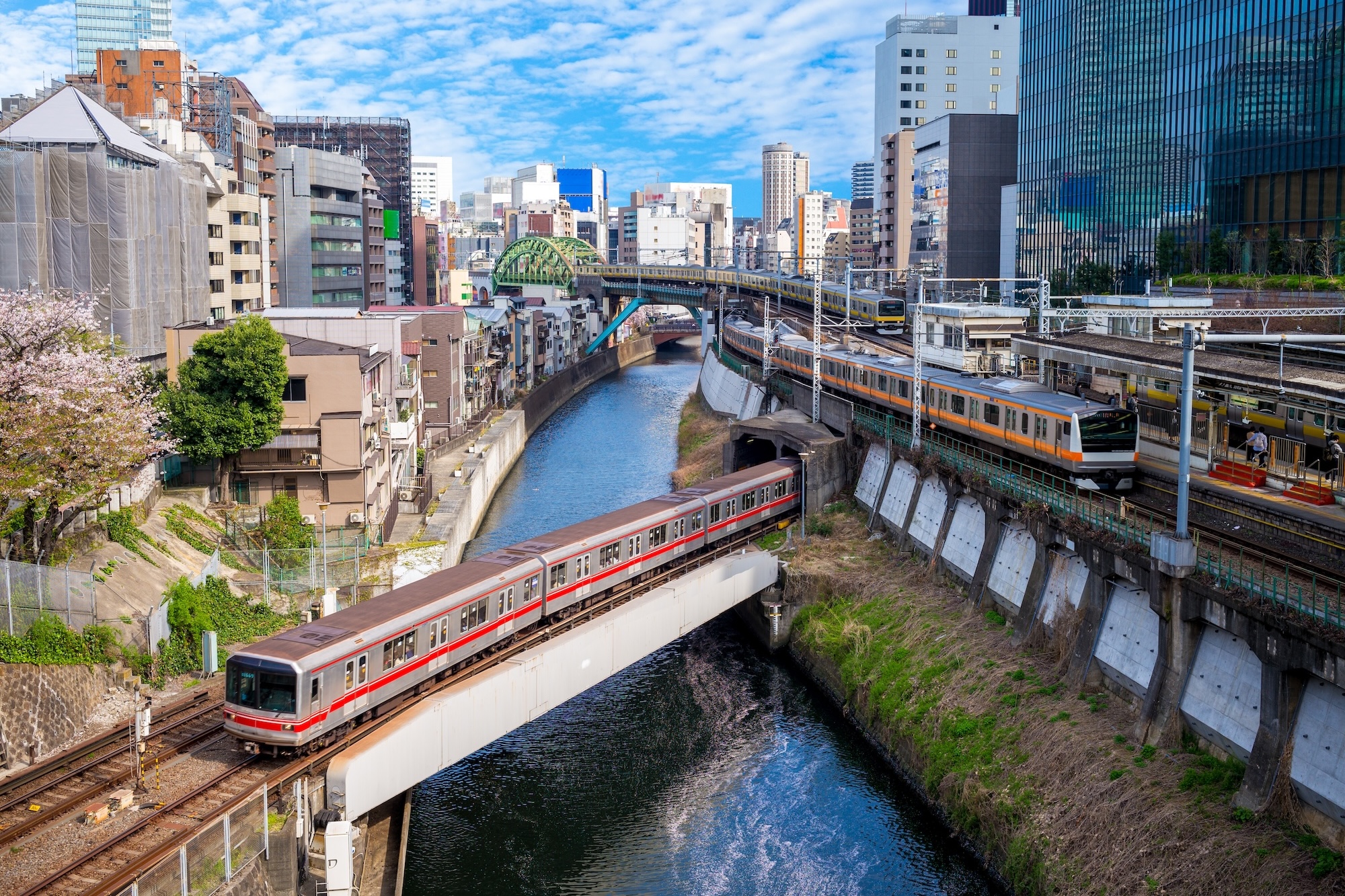
7 Essential Tips for Mastering the Tokyo Subway System
February 7, 2025
5 min
Tokyo’s subway system is one of the most efficient, convenient, and well-connected transit networks in the world.
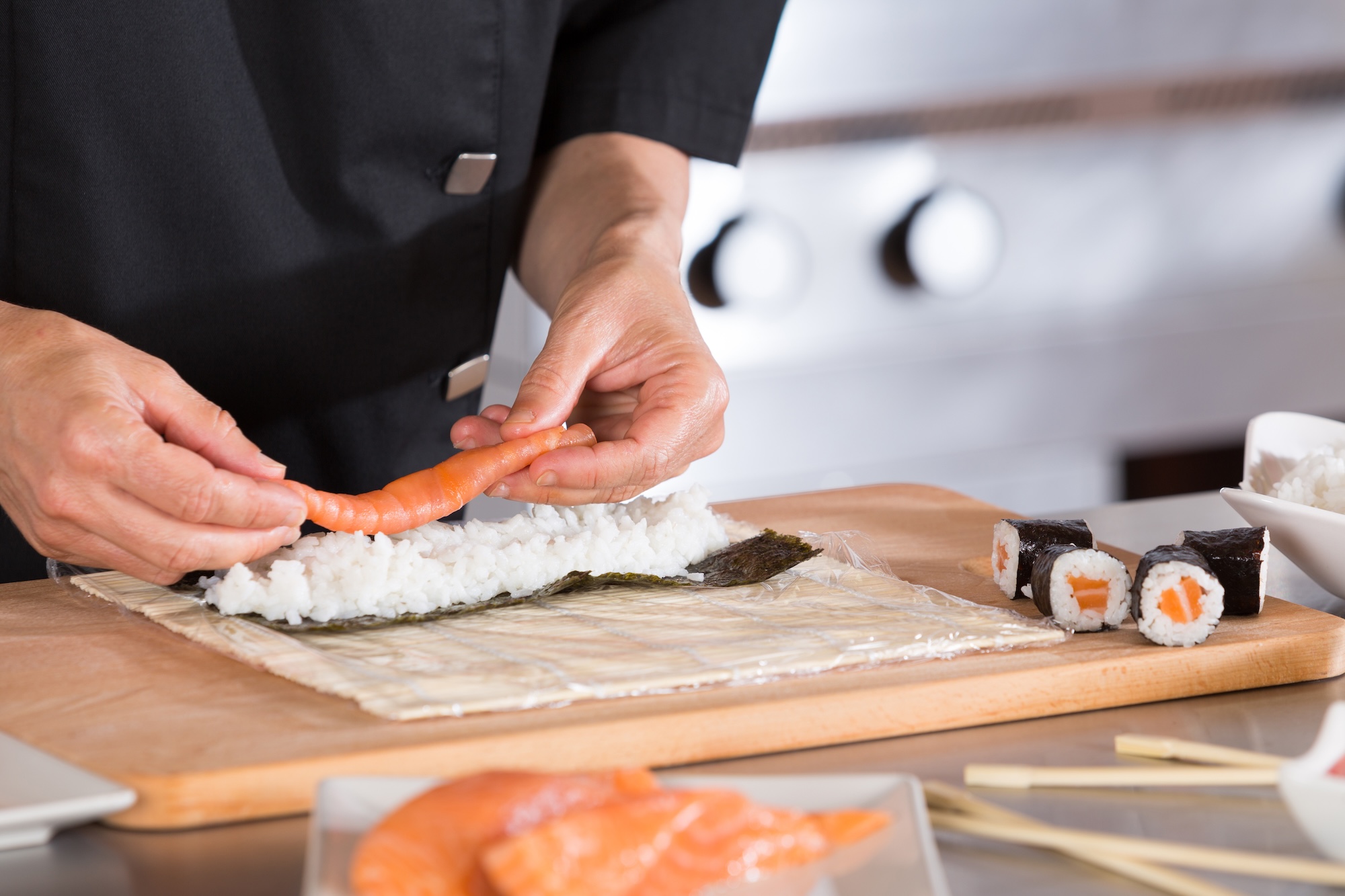
10 Essential Dining Tips for an Unforgettable Experience in Tokyo
February 7, 2025
5 min
Tokyo is a food lover's paradise, offering a rich array of culinary delights ranging from world-class sushi to mouthwatering street food.







